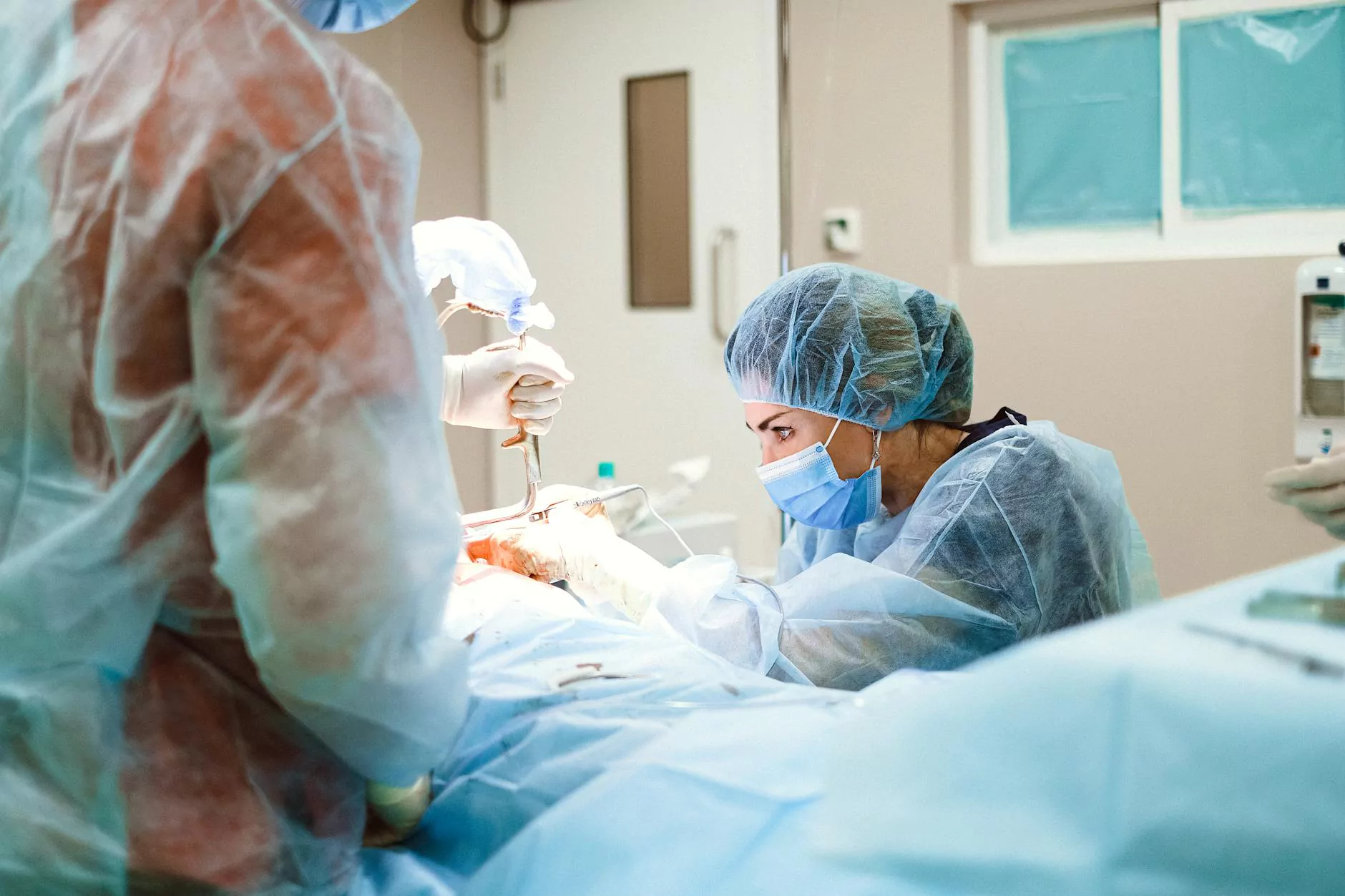Understanding Unilateral Salpingo Oophorectomy

Unilateral salpingo oophorectomy is a surgical procedure where a single ovary and its corresponding fallopian tube are removed. This procedure is often important in the context of ovarian health and gynecological surgeries. In this article, we delve into the intricacies of this operation, its indications, the surgical process, recovery, and psychological implications, providing a comprehensive view of its relevance in modern healthcare.
What is Unilateral Salpingo Oophorectomy?
The term unilateral salpingo oophorectomy is derived from its components: “unilateral” indicates one side, “salpingo” refers to the fallopian tube, and “oophorectomy” means the removal of an ovary. This operation is typically performed by obstetricians and gynecologists when certain medical conditions arise. Understanding the details surrounding this procedure is crucial for both patients and medical professionals.
Indications for the Procedure
There are various reasons for performing a unilateral salpingo oophorectomy, including:
- Ovarian Tumors: The presence of benign or malignant tumors can necessitate the removal of the affected ovary and tube.
- Endometriosis: In cases where endometriosis severely affects one ovary and tube, removal can alleviate pain and prevent further complications.
- Ectopic Pregnancy: If an ectopic pregnancy occurs in the fallopian tube, this surgical procedure may be required to prevent the rupture of the tube.
- Adnexal Masses: When masses develop on the ovary or tube, a unilateral salpingo oophorectomy may be performed for diagnosis or treatment.
The Surgical Procedure
Understanding the surgical process is essential for patients considering unilateral salpingo oophorectomy. Here’s how the procedure typically unfolds:
Pre-Operative Preparations
Before the surgery, patients undergo thorough evaluations, including imaging studies and blood tests. They are briefed about the procedure, risks, and expected outcomes. Consent forms are signed after ensuring that patients comprehend every aspect of the operation.
Anesthesia and Surgical Technique
The procedure is generally performed under general anesthesia. Surgeons may opt for either laparoscopic or open surgery, depending on the situation:
- Laparoscopic Surgery: This minimally invasive technique involves small incisions in the abdomen where a camera and specialized tools are inserted to remove the ovary and tube.
- Open Surgery: This approach requires a larger incision and may be used for complex cases or when extensive exploration of the abdominal cavity is necessary.
Post-Operative Care
After the surgery, patients are monitored in the recovery area before being moved to a hospital room. Key aspects of post-operative care include:
- Pain Management: Patients are provided with pain relief medications to manage discomfort after surgery.
- Activity Restrictions: It is vital to avoid strenuous activities for a certain period to ensure proper healing.
- Follow-Up Appointments: Regular check-ups are necessary to monitor recovery and any potential complications.
Benefits of Unilateral Salpingo Oophorectomy
This procedure has several key benefits:
- Improved Quality of Life: For patients suffering from chronic pain due to conditions like endometriosis, relief from symptoms can significantly enhance daily life.
- Effective Treatment for Tumors: Removal of tumors can prevent the spread of malignancies and contribute to long-term health.
- Minimally Invasive Options: Laparoscopic surgeries often result in reduced recovery time and lower risk of complications.
Risks and Considerations
Like any surgical procedure, unilateral salpingo oophorectomy carries potential risks:
- Infection: There is a risk of developing infections at the incision site or inside the abdomen.
- Bleeding: This can occur during or after the surgery, necessitating further treatment.
- Damage to Nearby Organs: Careful surgical technique aims to avoid this, but risks remain.
- Hormonal Changes: Since one ovary is removed, hormone levels may fluctuate, affecting menstrual cycles and fertility.
Emotional and Psychological Impact
The impact of undergoing a unilateral salpingo oophorectomy goes beyond physical health. Patients may encounter various emotional responses:
- Anxiety and Depression: The loss of an ovary can lead to feelings of loss and anxiety concerning fertility and overall health.
- Body Image Issues: Some women may struggle with changes to their body image post-surgery.
- Support Systems: Encouraging open discussions with healthcare providers, family, and support groups can aid in coping with emotional challenges.
Fertility Considerations
A unilateral salpingo oophorectomy can impact a woman's fertility. However, many women can conceive with one healthy ovary remaining. Here are some considerations for women planning future pregnancies:
- Consulting with a Fertility Specialist: Women are encouraged to discuss their options with fertility experts if they have concerns about their ability to conceive.
- Monitoring Ovulation: Remaining ovarian function can still support ovulation, making conception possible.
- Assisted Reproductive Technologies: In some cases, IVF or other reproductive treatments may be recommended if natural conception proves challenging.
Conclusion
In conclusion, unilateral salpingo oophorectomy is a vital surgical procedure for women facing various reproductive health issues. While it presents certain risks, the benefits in terms of symptom relief, effective treatment of ovarian tumors, and improved quality of life can be significant. Individuals considering this surgery should have comprehensive discussions with their healthcare providers to fully understand the procedure, its implications, and their personal health situations.
The experts at drseckin.com are dedicated to providing personalized and compassionate care, ensuring that women receive the information they need to make informed decisions regarding their health. Empowerment through education and support is key to navigating the complexities of surgical options and reproductive health.
© 2023 Dr. Seckin. All rights reserved.









